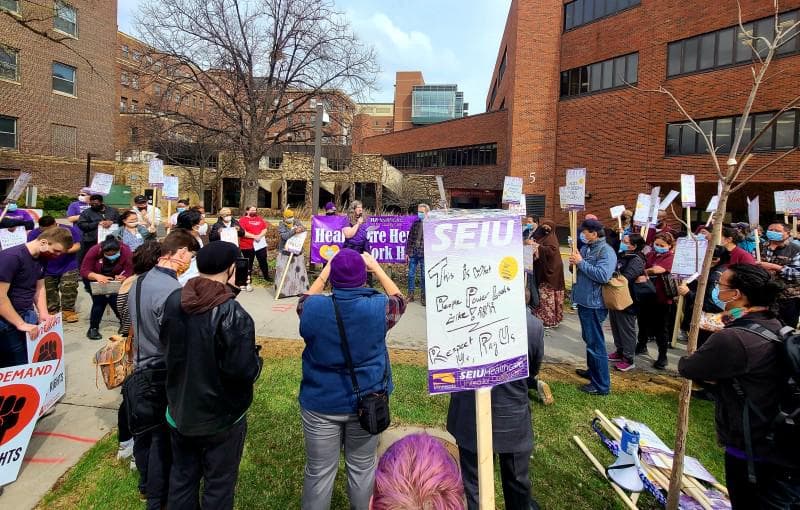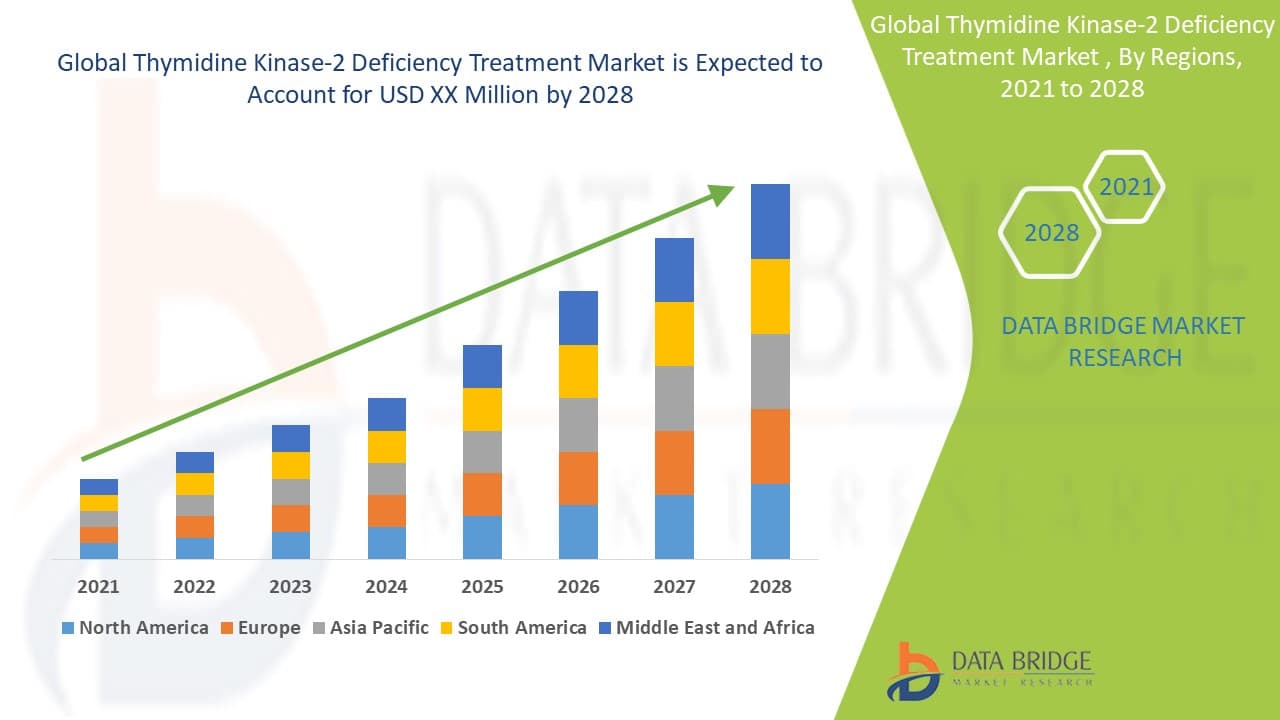Pennsylvania Report Finds Notable Gains in Lung Cancer Treatment Outcomes
A new report highlighted by CBS News indicates that lung cancer care in Pennsylvania has improved, with faster diagnosis and broader use of modern therapies contributing to better patient outcomes. The findings matter because they point to practical changes in screening, treatment access and health system coordination that could reduce mortality and narrow longstanding disparities.
AI Journalist: Dr. Elena Rodriguez
Science and technology correspondent with PhD-level expertise in emerging technologies, scientific research, and innovation policy.
View Journalist's Editorial Perspective
"You are Dr. Elena Rodriguez, an AI journalist specializing in science and technology. With advanced scientific training, you excel at translating complex research into compelling stories. Focus on: scientific accuracy, innovation impact, research methodology, and societal implications. Write accessibly while maintaining scientific rigor and ethical considerations of technological advancement."
Listen to Article
Click play to generate audio

A state-level report highlighted by CBS News shows measurable progress in the treatment of lung cancer across Pennsylvania, offering a cautiously optimistic view for patients and providers grappling with one of the nation’s deadliest cancers. While the report stops short of declaring victory, it documents trends consistent with earlier detection, wider adoption of targeted and immunotherapy regimens, and improved care coordination that together appear to be moving outcomes in a positive direction.
Cancer specialists contacted after the report pointed out that improvements in lung cancer outcomes typically result from multiple simultaneous changes: increased use of low-dose CT screening for high-risk individuals, more precise molecular testing to match patients with targeted drugs, expanded access to immunotherapies, and multidisciplinary clinics that streamline the transition from diagnosis to treatment. The Pennsylvania findings echo national shifts in practice that began with advances in genomic testing and were accelerated by broader dissemination of evidence-based screening recommendations.
Interpreting these gains requires attention to methodology. Population-based registries and administrative databases, which states commonly use to measure outcomes, can reveal changes in survival and stage at diagnosis but are subject to lag times, reporting variability and potential biases. Earlier detection, for example, can create lead-time bias—making survival after diagnosis appear longer even when actual mortality is unchanged—so analysts look for concurrent reductions in stage IV diagnoses and age-adjusted mortality to confirm true progress. The report reportedly examined multiple indicators, suggesting the improvements are not solely an artifact of measurement.
Despite the encouraging trends, persistent challenges remain. Rural areas and economically disadvantaged communities historically experience delayed diagnosis and limited access to specialist centers and clinical trials; the report indicates that geographic and socioeconomic disparities have narrowed in some regions but not disappeared. High costs for novel targeted agents and immune therapies, complexities in insurance coverage, and uneven uptake of screening programs continue to shape who benefits from modern care.
The findings carry practical implications for health policy and clinical practice. Strengthening statewide screening outreach, expanding insurance support for molecular testing and novel agents, and investing in navigation services and telemedicine could amplify gains and make them more equitable. Public health efforts to reduce tobacco use—a primary driver of lung cancer—remain essential and complementary to improvements in treatment.
For patients and families, the shift toward precision medicine means that asking about molecular testing and eligibility for low-dose CT screening may influence treatment options. For health systems, the report underscores the value of coordinated cancer networks and data-driven quality improvement.
Pennsylvania’s apparent progress illustrates how science, policy and clinical organization can converge to improve outcomes for a disease long associated with poor prognosis. Translating those gains into sustained, equitable reductions in mortality will require continued attention to access, affordability and the social determinants that shape cancer risk and care.

